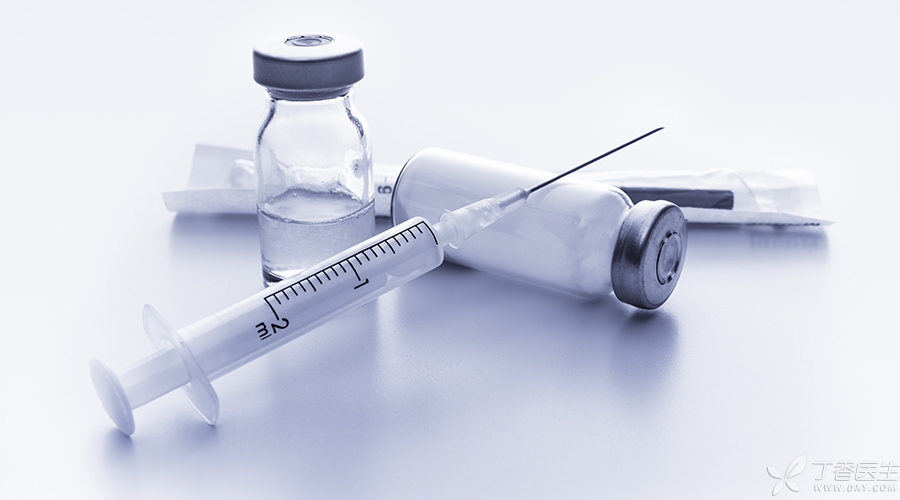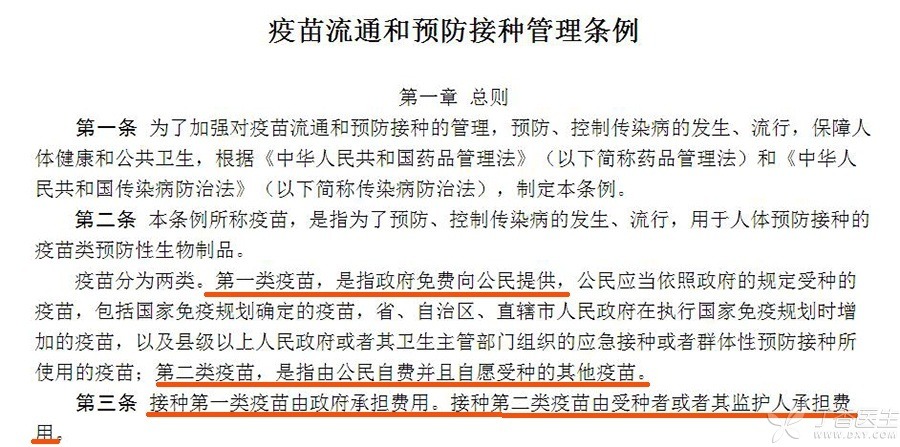
Vaccines are the umbrella for children’s health. I believe parents are also very clear about the importance of vaccination.
One of the vaccine classification methods that we are familiar with is to divide vaccines into [type I vaccines] and [type II vaccines].
The first type of vaccine belongs to the planned vaccine and is paid for by the Government. Most children will be vaccinated one by one according to the vaccination plan. The second type of vaccine belongs to self-funded vaccines and can be vaccinated voluntarily.
Because the second type of vaccine is self-funded and voluntary, many people will think that the second type of vaccine is not important and can not spend more money on vaccination. Some even think that doctors recommend self-funded vaccines to themselves in order to make more money.
Is it really not important to pay for vaccines at one’s own expense? Is it because it is not important that it is classified as Class II vaccine?
To understand this problem clearly, let’s first understand how these two types of vaccines are divided.
Category I and Category II are divided according to what?
In 2005, the Regulations on the Administration of Vaccine Circulation and Vaccination were issued in the form of Decree 668 of the State Council. This document is equivalent to China’s Constitution in the field of vaccination. This [Constitution] divides China’s vaccines into the first type of vaccines and the second type of vaccines.
This classification is very high, but its shortcomings are also obvious. If you don’t look at the specific content or have not heard the relevant explanations, it is difficult for ordinary people to find out whether the first and second categories are what.
In Chinese culture, the first one often represents the number one scholar/champion/excellent, and the second one represents the second one/runner-up/good. According to the literal meaning, many people, even some medical staff, will take it for granted that the first type of vaccine is more important, while the second type of vaccine is less important.
However, if you look at the specific contents of this regulation, you will know that this classification only means that the first type of vaccine is free and the second type of vaccine is self-funded, and is not distinguished according to the importance of vaccines.

Why should it be divided into free and self-paid?
People who often watch news broadcasts all know that China is a developing country with a large population and long-term insufficient investment in health funds.
Therefore, China has included some cheap and fine vaccines into free vaccination. Other vaccines, although beautiful, are too expensive. The Government feels that it has more than enough money and can only give the policy [whoever pays for the vaccination].
If we don’t quite understand, we can directly look at how this account is calculated: at present, China gives children 10 kinds of vaccines free of charge, requiring a total of 22 doses, and the government procurement price together is less than 100 yuan; The most common self-funded varicella vaccine has an ex-factory price of about 100 yuan, and the government has limited funds to purchase vaccines. If the varicella vaccine is purchased, there will be no money to purchase the 10 vaccines.
In short, China is still a developing country and still feels that it is short of money and some vaccines cannot provide free vaccination. The lack of money is not too embarrassing to say so, so it is euphemistically called the first type of vaccine and the second type of vaccine, instead of free vaccines and self-funded vaccines.

Is it really important to pay for vaccines at one’s own expense?
Free vaccines and self-funded vaccines are both vaccines, which are used to prevent diseases endangering public health. No one is more important than anyone.
Take the two most typical vaccines at one’s own expense as examples, pneumonia conjugate vaccine and Haemophilus influenzae vaccine.
These two vaccines are the vaccines recommended to children by the World Health Organization (WHO) as the highest priority. On the one hand, the harm of these two diseases is very serious, and on the other hand, the prevention of these two diseases can also reduce antibiotic resistance.
Moreover, these two vaccines are free of charge in developed countries and Hong Kong, Macao and Taiwan regions, but they are still self-funded vaccines in mainland China.
Self-funded vaccines are the same as free vaccines in preventing diseases, but their treatment is quite different.
Because of the relevant regulations of the first type of vaccine and the second type of vaccine, the first type of vaccine has vaccination rate assessment requirements, has officially issued vaccination procedures, and the vaccination procedures are also printed on each vaccination certificate; What does not have the second type of vaccine, and is also required not to affect the vaccination rate of the first type of vaccine. If there is a conflict on the vaccination date, the first type of vaccine should be vaccinated first.
The completely different treatment between the first type of vaccine and the second type of vaccine is easily misunderstood as: free vaccine is important and must be vaccinated, both in the eyes of vaccinating doctors and in the eyes of the general public; Vaccines at one’s own expense are not important and need not be vaccinated.
This understanding is very wrong, because free/self-funded vaccines are only artificial management divisions. There is no such difference in science. Both free vaccines and self-funded vaccines can prevent diseases and should not be biased.
Moreover, compared with the cost of treatment after illness, the cost of vaccination is still very cost-effective.
Therefore, for the sake of health, the correct understanding of self-funded vaccines is to vaccinate without any shortage of money.
